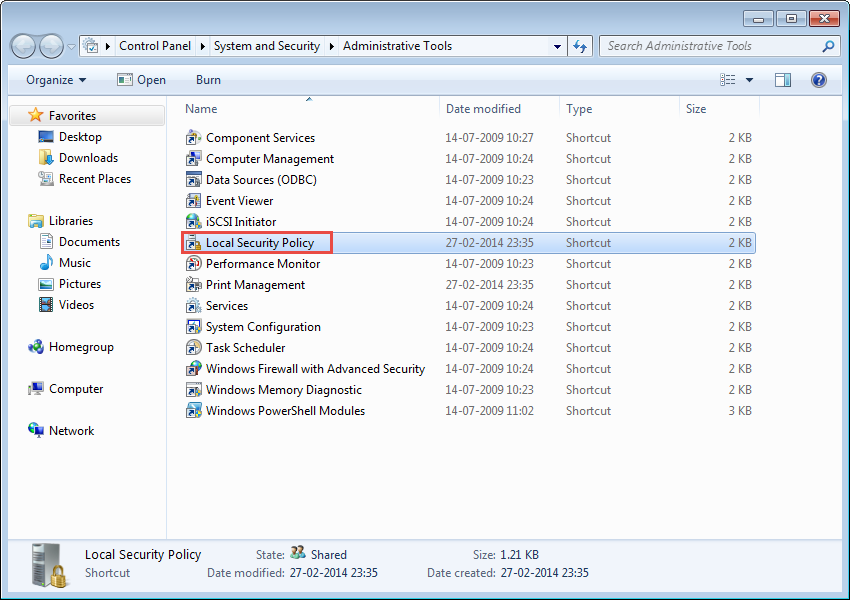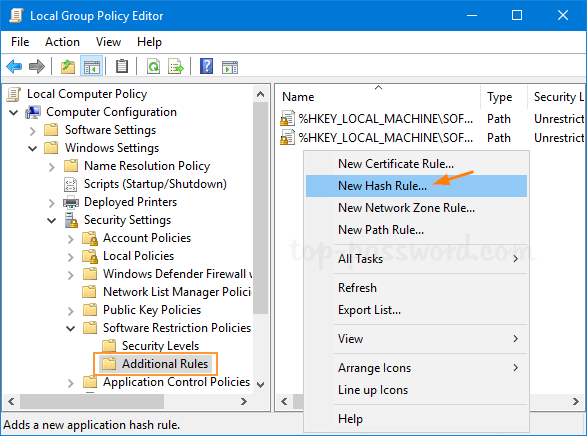



It writes the intended values directly into the registry database during installation. There's detailed annotation for the entries, which you can adapt as needed. inf file for the different versions of Windows, removes many of the mentioned disadvantages of SRPs. Stefan Kanthak's set of rules, available as an. pol file from where they are transferred to the registry. Rather, they are created by default in the Group Policy Object (GPO) editor and saved in a. They always apply to all types of code.įinally, you cannot export or import rules. In addition, you cannot define rules separately by file types, such as. Software Restriction Policies always apply to all designated file typesĪnother limitation of SRPs is that they cannot block the (relatively safe) Store apps (.appx files). The whitelisting mechanisms provide different rule types for this purpose. Rule types based on various criteria ^Īs these examples show, several rules are necessary to allow execution of applications from program and system directories while at the same time preventing users from starting code stored in their profiles. Microsoft itself provides an example of this with Windows Defender Antimalware. On the other hand, legitimate applications may need to start from the user's profile, typically a result of poor programming. In addition, attackers can abuse programs normal users do not need, such as cipher.exe. Thus, just unlocking C:\Windows and all of its subdirectories falls short because there are also folders in which standard users have write access. Windows directory with loopholes ^īut even basic protection is not achievable easily. Conversely, reduced permissions alone are not enough to protect against malware because it can cause considerable damage even in the context of standard users, for example, by encrypting their data.

Thus, effective whitelisting requires that companies follow the principle of least privilege and do not grant administrative rights to normal users. Thus, it is almost impossible to prevent local administrators from executing unauthorized software because they can break the lock by stopping services, changing the registry, or using other bypassing strategies. The whitelisting functions cannot fulfill all expectations. This ensures that a careless click on a mail attachment does not lead to nasty consequences. On the other hand, everything the administrator or a software distribution tool has installed on the computer will still run. This blocks all programs the user (unknowingly) downloads from the internet or wants to start from a USB stick.


 0 kommentar(er)
0 kommentar(er)
